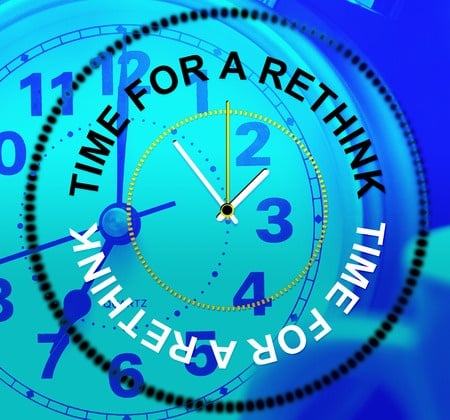In a previous blog I talked about cognitive defusion, a key concept from Acceptance and Commitment Therapy (ACT). I presented some exercises designed to help you create distance from your thoughts. In this post we will explore the impact of fusing with thoughts and how we can use cognitive defusion techniques to help us live our lives authentically.
Almost all form of psychological distress or angst is rooted in our tendency to merge with thoughts and treat them as if they were literal truths. Because we get so caught up with what is happening in our thoughts, we often lose track of what we truly value in life. For example, if someone has a panic attack at a mall, they may find that they are consumed with how they will panic and be embarrassed the next time they go to the mall. When fused with these anxious thoughts, the person is likely to avoid going to malls and their lives become a bit more constricted. However, there are limitless situations where one could panic and be embarrassed and one’s life can grow increasingly narrow and focused on avoiding the pain of panic and embarrassment.
Cognitive defusion techniques are designed to help us create some distance from our thoughts so that we can have a choice in our behaviors. Here is an exercise I often use myself and to help create some distance from thoughts. The Passengers on the Bus exercise which is commonly used in Acceptance and Commitment Therapy (ACT) helps us gather some perspective on our thoughts by treating them as objects. To illustrate the Bus Exercise, I will use a fictitious client.
Alice is a divorced 45-year-woman who has been working as a registered nurse on the oncology unit at the local hospital for many years. She is caring and efficient at her job and has had many opportunities to expand her professional role. Recently she was offered a position as a trainer and manager, but she has been unable to make a decision to take the position due to her severe phobia of public speaking. Alice completes the “Passengers on the Bus” exercise as part of therapy.
First, Alice is asked about what matters to her most in life, what she wants her life to be about. Without hesitation she says that she wants to help as many people as possible. She acknowledges that this new position she has been offered would be an opportunity to help teach young nurses to be competent healers.
Alice then identifies what is holding her back from taking the next step in her career – the thoughts, feelings and memories that are her passengers on the bus. She identifies intense physical sensations of panic as she speaks with more than three people (passenger 1) accompanied by thoughts like, “If people see how nervous I am they will think I’m a complete freak” (passenger 2), “Maybe I don’t really know what I’m doing” (passenger 3) and a really old voice that says, “You’ll never amount to anything” (passenger 4).
Alice will try anything to quiet the denigrating voices and intense panic because she just wants these experiences to go away. She has managed to avoid situations where she’ll be asked to speak for years and this has worked to reduce her anxiety, but it is always there, lurking. In addition, Alice feels a low level sense that she’s missing something vital in her life. She knows that she is not moving in the direction of her values.
In the final step of the exercise, Alice is to imagine that these passengers on the bus can yell and be loud and try to intimidate her but they cannot do anything to actually hurt her. She actually has a choice, she can fight with the passengers or simply allow them to be while continuing to drive her bus in the direction that is important to her. In this way, Alice can choose to pursue mentorship opportunities while also experiencing anxiety about public speaking and self-doubt.
After reading this try to apply the Bus Exercise to some troublesome thoughts in your own life. Try to think of a situation you’ve been avoiding due to difficult internal experiences. Can you picture these experiences as passengers on your bus that are welcome to come along for the ride? By reestablishing your role as the driver of the bus, you can create space to live in line with your values.







